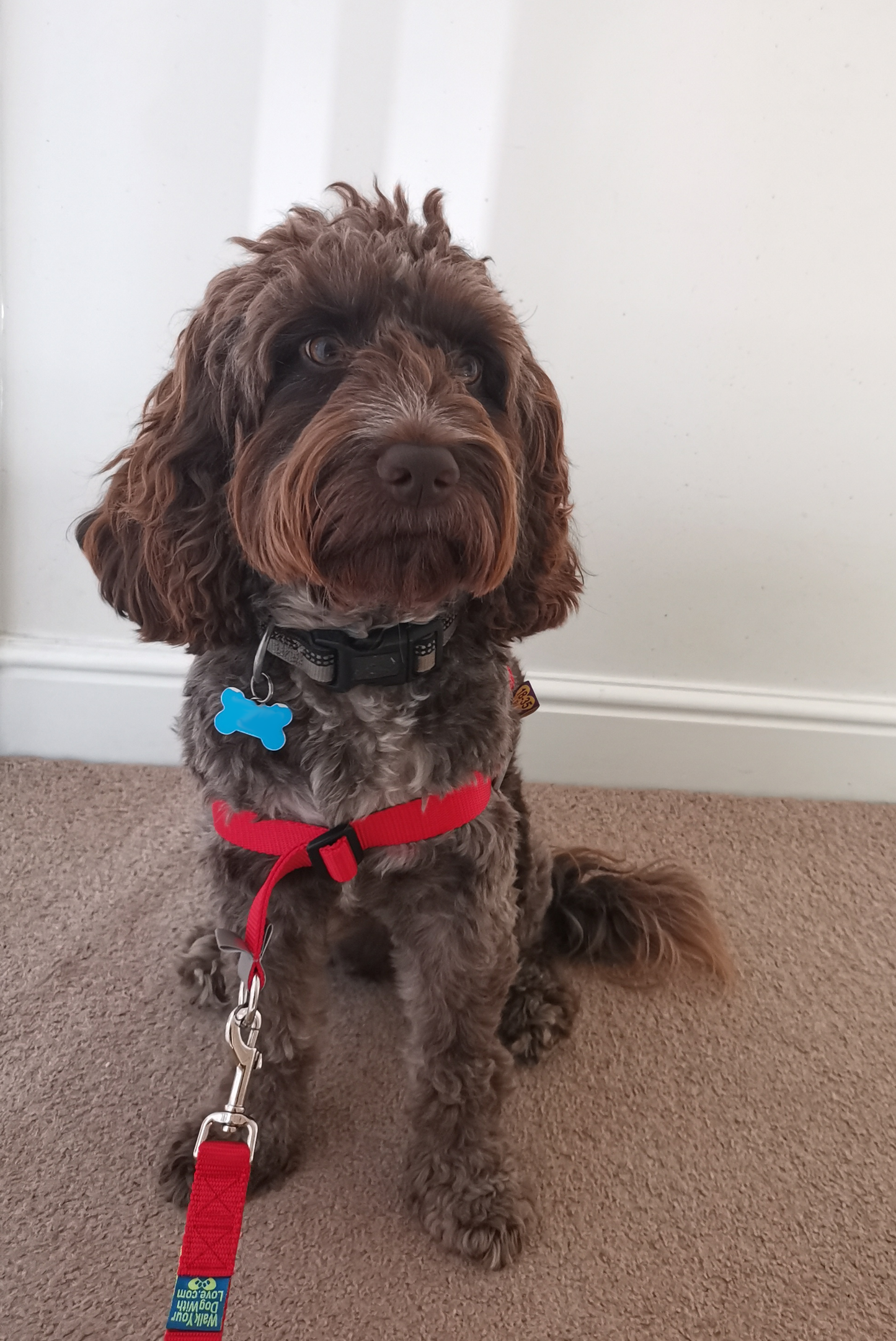How to train your dog to come back when called
Teach your dog to return to you to keep them safe. Most dogs enjoy a good run off their lead. However, before you let your dog out, you must be confident that they will always return when you call, regardless of what is going on around them. You must teach your dog that returning to you is always a good thing and will result in tasty treats, a fuss, or whatever reward they prefer.
Why is your dog not listening to you?
When you let your dog off the lead, they have a whole new world of possibilities. Your dog may decide that chasing a squirrel or playing with another dog is more fun than returning to you (they see you every day, after all). They may also be unsure whether you want them to return.
To help walk your dog with love off-lead, please follow the following three steps:
Step 1: Before adding recall, teach your dog to respond to their name.
Teaching your dog their name makes it easier to get their attention when you need it. If you need them to focus on you quickly to save them from harm, this can be a lifesaver. Teach your puppy their name
After you've established that you have their attention, you can incorporate your chosen recall cue.
Choose a short, snappy word like 'come' or 'here,' or, if you prefer, a whistle. In case they can't hear you, add a visual cue, such as holding your arms open wide. Stop your dog from becoming confused by ensuring that everyone in your household understands which word and movement you're using. Keep is consistent!Use your recall cue sparingly, allowing at least five seconds for your dog to respond before calling again.
Step 2: Always give your dog a treat when they return
Begin inside, in your garden, or in another enclosed space, with some high value treats ready. Use your dog's name to get their attention, then use your recall cue to take a step away from them. When they come to you, reward them with praise and a tasty treat.
Make your rewards exciting and tempting, especially if your dog has just returned from something exciting (like a squirrel or another dog).
Use a cheerful, excited voice and welcoming body language when calling them (crouched down, arms open). No matter how long it takes, always praise your dog for returning.
As your dog improves, you won't need to reward them every time they return. However, remember to reward them on a regular basis to keep them motivated.
Step 3: Add in distractions and increase the distance between you and your dog
Increase the distance between you and your dog as well as the level of distractions you call them away from gradually. You will eventually be able to leave the garden and venture into the outside world.
Allow them to move away from you before using your recall cue, and keep them safe during training by attaching a long line to their harness.
Stay calm if they ignore you; getting angry or shouting will make them want to avoid you. Instead, use the long line to gently guide them in (never pull your dog towards you). Some dogs will respond to you making silly noises and running away fast as they think there could be a great game happening, if they follow crouch down, arms open ready to be jumped on and reward with praise and treats! As a last resort go and collect them and pause training until there are less distractions.
Reward them with high-value treats when they return without your assistance, so they develop a positive association with returning when called.
Remember: stay calm, getting angry or shouting will make them want to avoid you!
What do you do if your dog keeps running away from you?
Running away can be extremely dangerous for your dog. Busy roads, other dogs, livestock, and dog thieves are just a few of the potential hazards if they're left alone. If your dog continues to bolt when you call, stick to training on a long lead attached to a harness, and only let them off-leash in safe areas.
Allow your dog to run free in open areas only if you are confident they will return when called. If you aren't seeing any progress with your dog's training, you should seek the assistance of a qualified trainer or behaviourist.
Always keep your dog's collar and ID tag on at all times when out in public, and keep your microchip information up to date. This is legal in the UK and will assist you in reuniting with your best friend if they become separated.










